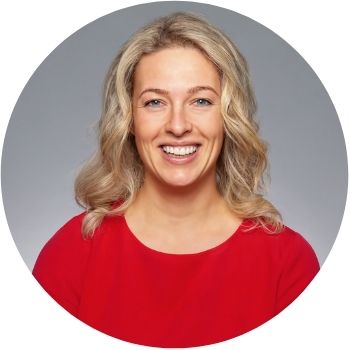
CPA Canada has maintained candidates are responsible for demonstrating competency with reasonable and supported responses. The examinable material is outlined in the CPA Competency Map. The exam format and available resources are shared via the Examination Blueprint.
I have previously discussed the importance of active reflection and feedback to improve case writing (and, therefore, exam performance). I have yet to write a debrief workout tailored to AO results. Until now:
- NA is the same thing as an NC. Don't bother writing a bunch of headings, not attempting analysis, and think you've done something - leave time to address all “requireds.”
- RC is better than NC because it counts, but C is twice as good. My experience is that candidates are in a "real good place" if they constantly score strong RC/weak C on all or most AOs by the end of the module. This is because the line between RC and C is fuzzy, just that little bit more from a strong RC to a C. PLUS, your something will always be better than nothing at the exam.
- C and CDs are both worth the same. Often candidates who score CD also score a bunch of NA or NCs, score lower and are putting their exam at risk.
Psychologically speaking, we feel better when we do things we are (relatively) better at. So, it's no wonder some candidates will allocate more time (or just ignore their time budget) and try to perfect their cash flow quant but spend less time on tax (if they prefer cash flows to tax). I can relate, and it's why I have no problems going to hot yoga any time my schedule aligns, while my running shoes are often neglected. Writing this and practicing yoga are more in my comfort zone than building my anaerobic capacity. Yet, I will see more significant overall gains (competency) once I lace up those shoes and commit to discomfort.
Read, outline, and plan. Then execute.
In case writing, fitness, and life, I like to think "enough of enough."
Do you have feedback on this post or a question you’d like answered by an experienced CPAWSB educator? Please contact your facilitator or send a question to the General Topic in the Candidate Discussion forum.

Samantha Taylor, PME, CPA, CA
Samantha Taylor, PME, CPA, CA, is an educator and lead policy advisor for CPAWSB and a Senior Instructor of accounting at Dalhousie University. She is on a mission to understand and enable learner efficacy while eliminating doldrums occasionally associated with accounting education. Read more of Sam’s posts at the CPAWSB blog.






